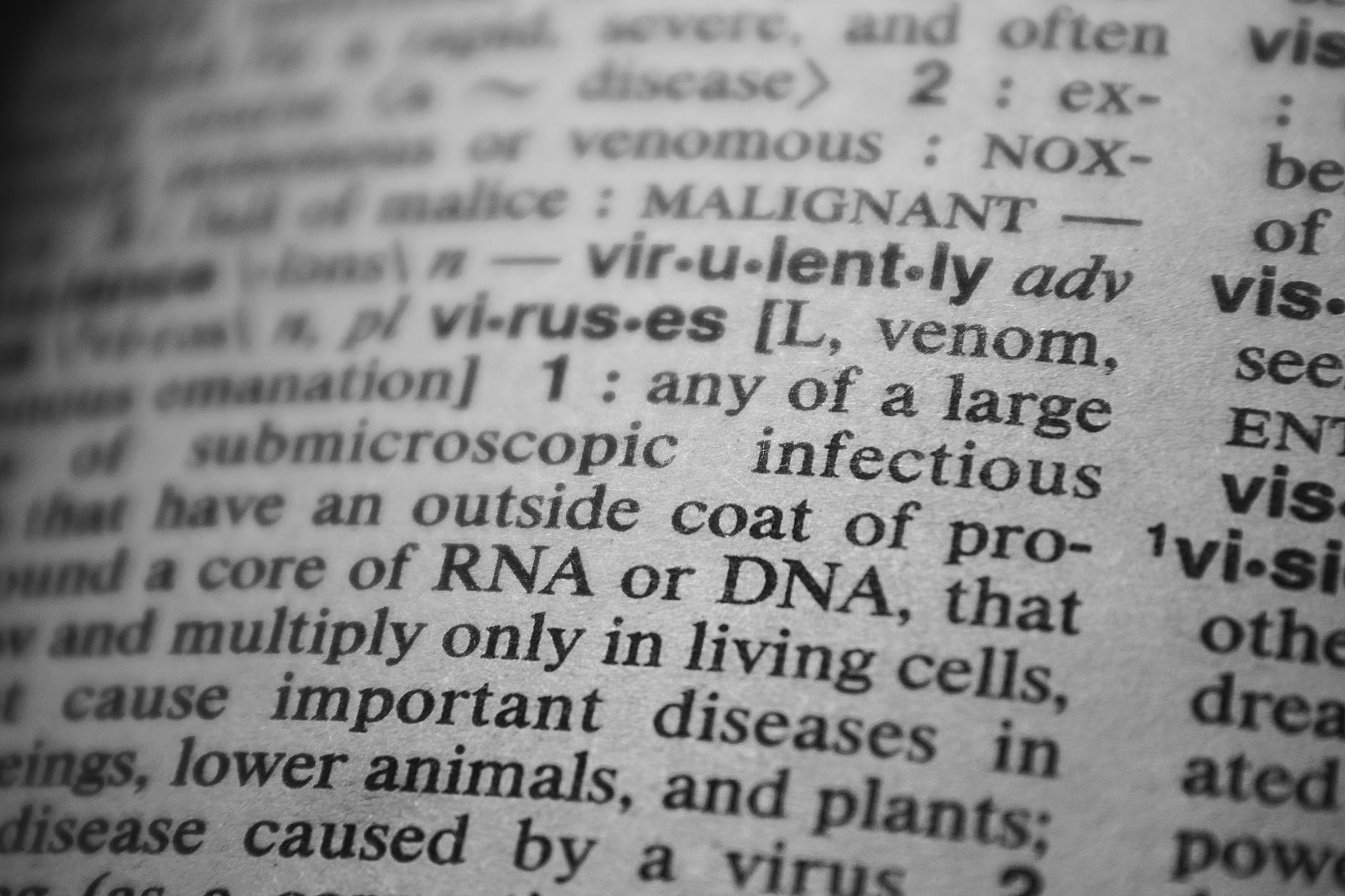Category: Computational Biology
-

Creating a Publication Quality Phylogeny Using ggtree
A decade ago, circa 2012-2013, I used MEGA5 to infer phylogeny using simple Neighbour-Joining methods, and used the figure generated by MEGA5 to present and publish my results. Later, when I started learning other phylogeny reconstruction methods like Maximum Likelihood (ML) and Bayesian (which does not draw the tree for you), I started to explore…
-

How to Find OTUs Using Mothur
OTU (Operational Taxonomic Unit) is a convenient way that researchers use to classify a bunch of sequences from different samples into in a taxonomic group based on the similarity. It’s convenient, because one not necessarily need to bother about the actual taxonomic class of the sequence and move forward to analyze the diversity of the…
-
Python for Bioinformatics: An Online Course from Me!
I teach an on-line course ‘Python/Biopython for Bioinformatics’ in cBLAST. This is three month’s course, I use biological examples showing how we use Python to handle and analyze biological data. The video lectures are in Bangla, and video’s are both slides and screen-casts of coding. Center for Bioinformatics Learning Advancement and Systematic Training, or cBLAST,…
-

A note on learning computational biology
Many asks me about learning Bioinformatics. So, I’m going to put some good learning resources in this note.
